Holden
Holden /ˈhəʊdən/ was an Australian automotive manufacturer that operated from 1856 to 2020, evolving from a saddlery business in Adelaide into an iconic national brand synonymous with Australian car culture. Established by James Alexander Holden as J.A. Holden & Co., the company
| GM Holden Ltd | |
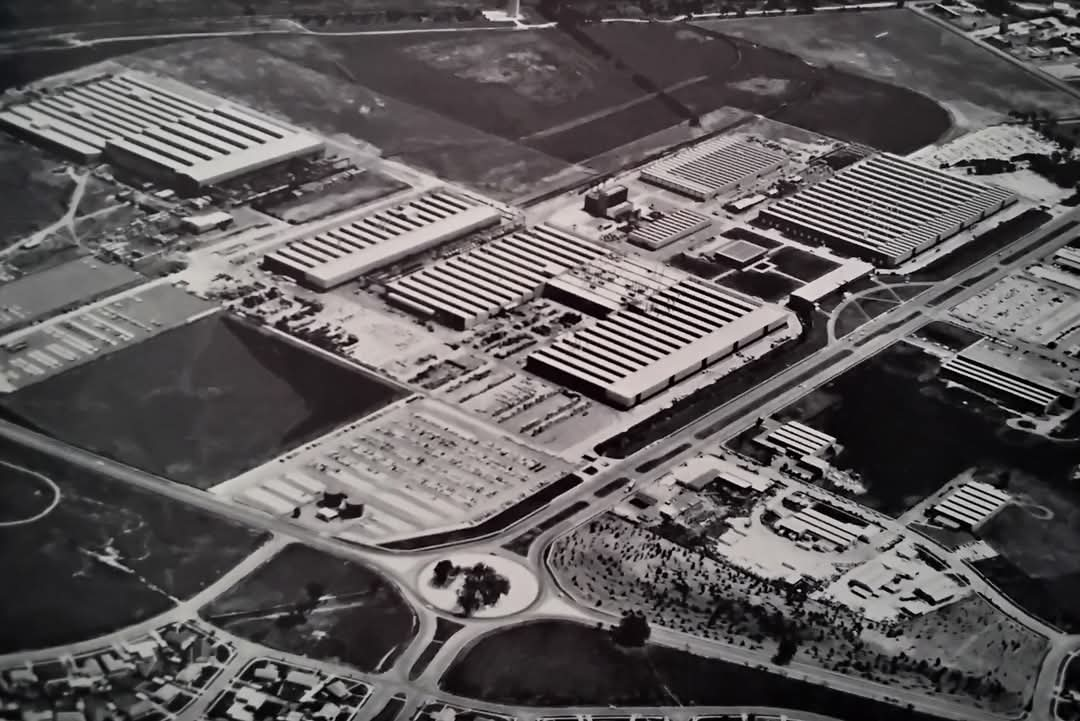
|
|
| Type | Subsidiary |
| Industry | Automotive |
| Predecessor | Holden's Motor Body Builders |
| Foundation | 1856 (as J.A. Holden Saddlery and Leather Goods) |
| Founder | James Alexander Holden |
| City | Adelaide, South Australia |
| Location_country | Australia |
| Key people | Sir Edward Wheewall Holden (Co-founder, visionary), Laurence John Hartnett |
| Products | Automobiles, Carriages (historical), Motor vehicle bodies |
| Parent | General Motors (from 1931) |
| Notable products | Holden Vehicles |
| Fate | Ceased operations 2020 in Australia |
initially specialized in leather goods and saddlery before transitioning to motor body manufacturing in 1917. During the 1930s, Holden was acquired by General Motors, forming General Motors-Holden's (GM-H), which became the foundation for Australia’s local car manufacturing industry.
The company's defining moment came in 1948 with the release of the first Australian-built car, the Holden 48-215 (commonly known as the FX). Known for its durability and affordability, the FX symbolized post-war innovation and quickly earned a place in Australian culture. Throughout the 20th century, Holden dominated the local automotive market with models like the Commodore, which became a household name. The brand also played a significant role in Australian motorsport, with drivers like Peter Brock cementing its performance legacy.
Holden faced increasing challenges in the 21st century due to global competition, changing consumer preferences, and declining demand for large cars. In 2017, the company ceased local manufacturing, and by 2020, General Motors retired the Holden brand entirely, marking the end of a 164-year legacy.[1]
History
Holden has its origins from 1856 with James Alexander Holden, who eventually went on to established a saddlery and leather goods business in Adelaide, South Australia at 34 King William Street on the
7th of September in 1859. From its beginnings producing saddles, harnesses, and whips, the company adapted to changing times and technologies, eventually moving into carriage building by the late 19th century. This foundation laid the groundwork for the Holden family's future involvement in motor vehicle manufacturing.[2]
Sir Edward Wheewall, 1885–1947, Australian motorcar builder, one of the key founders of Holden in 1917. In the early 20th century, a visionary named Sir Edward Wheewall Holden set out to revolutionize the automotive industry in Australia. His passion for engineering and innovation led him to co-found a company that would later become General Motors-Holden’s Ltd. With Holden’s leadership, the company transformed from humble beginnings into a powerhouse of motorcar production, symbolizing Australian craftsmanship and ingenuity.[3]
During World War I, the Australian government placed an embargo on the importation of fully assembled cars to prioritize wartime resources. In response, Holden & Frost Ltd., led by Henry Holden and Henry Frost, began producing car bodies for imported chassis. This pivotal move into automobile manufacturing marked the company’s first steps toward becoming a key player in Australia’s motor vehicle industry[4]
In 1931, General Motors (Aust.) Ltd., a division of General Motors Corporation (U.S.), acquired Holden's Motor Bodies Builders, an Australian vehicle body manufacturer. Holden's, which had transitioned from carriage manufacturing to motor vehicle bodies in 1917, produced bodies for brands like Chevrolet and Vauxhall at its Woodville plant. The Great Depression hit hard, with sales falling from 9,201 units in 1927 to 4,786 by 1929. GM’s acquisition of a 70% stake in Holden's stabilized the company, enabling continued production.[5]
1931
Holden Motor Body Builders (HMBB) was acquired by General Motors during the Great Depression. The company was renamed General Motors-Holden's (GM-H), becoming General Motors’ Australian subsidiary. This acquisition saved Holden from financial ruin and positioned it for future success in Australia’s automotive industry.
1939–1945
With the onset of World War II, Holden rapidly transitioned from car production to military manufacturing to support Australia's war effort. General Motors-Holden's Limited (GM-H) took on a diverse array of wartime projects, including producing essential supplies such as munitions, aircraft components, engines, tanks, marine vessels, and sewn goods like tents and uniforms. The scale of this transformation was unprecedented, with the company utilizing its existing technical expertise and infrastructure to adapt to entirely new fields of production.
Among its notable contributions:
• Aircraft production: GM-H manufactured major airframe assemblies for six types of aircraft, including the Beaufort Bomber, Boomerang Interceptor, Mosquito Fighter-Bomber, and the Avro Lincoln Heavy Bomber.[6]
• Engine projects: GM-H produced De Havilland Gipsy Major Aero Engines, components for Naval Torpedoes, and reconditioned vehicle and marine engines.[7]
• Ordnance production: The company built 2-pdr. and 6-pdr. Anti-Tank Guns, 25-pdr. Gun Howitzers, and 20 mm Polsten Anti-Aircraft Guns, contributing to Australia's defense capabilities.[8]
• Marine craft: GM-H manufactured various boats, including Army Diesel Work Boats, pontoons, and service dinghies.[9]
• Sewn goods: A variety of canvas products were produced, such as tents, haversacks, and water bottle carriers, critical for troops stationed in diverse conditions.[10]
By 1942, at the peak of wartime production, GM-H's workforce surged to over 12,000 employees. The skills and experience gained during this period proved invaluable for Australia's post-war industrial growth, positioning GM-H as a leader in vehicle manufacturing and contributing to the nation's economic recovery.[11]
1948
On 29 November 1948, the first Australian-built car, the Holden 48-215 (FX), was launched at Fishermans Bend, Melbourne. Prime Minister Ben Chifley drove the first vehicle off the production line. The FX, based on a Chevrolet design adapted for Australia’s rugged conditions, was affordable, spacious, and reliable, quickly becoming a symbol of post-war prosperity and innovation.
1960
Holden faced competition for the first time when Ford Australia launched the locally produced Falcon. However, Holden retained market dominance due to its extensive dealer network, strong branding, and a loyal customer base.
1978
Holden launched the VB Commodore, its first mainstream car to feature rack-and-pinion steering. The Commodore was designed to compete with European-style cars while maintaining Australian durability, marking a new era for Holden’s engineering and design capabilities.
1980s
Holden expanded its operations internationally, exporting cars to overseas markets. Models like the Holden Commodore began to gain recognition globally. The 1980s also marked Holden’s dominance in Australian motorsport, with drivers like Peter Brock cementing Holden's place as a performance brand.
1996
Holden launched the VT Commodore, which became one of its most successful models. The VT represented modern engineering, improved safety, and European-influenced styling, strengthening Holden's market position in Australia.
2003
The Holden Monaro, revived in 2001 as a coupe, gained international acclaim when it was exported to the United States as the Pontiac GTO. This marked Holden’s success as a global exporter of performance vehicles.
2008
Holden celebrated 60 years of manufacturing in Australia. Despite economic challenges, Holden continued to produce popular models like the Commodore, which remained a cornerstone of Australian car culture.
2013
Holden announced that it would cease vehicle manufacturing in Australia by 2017. The decision came amid increasing global competition, rising costs, and a decline in local demand for large cars. Holden’s exit marked the end of an era for Australian automotive manufacturing.
2017
On 20 October 2017, the final Australian-made Holden, a VF Commodore, rolled off the production line at the Elizabeth plant in South Australia. This event marked the end of car manufacturing in Australia, concluding Holden’s 69-year legacy of producing vehicles domestically.
2020
In February 2020, General Motors announced the retirement of the Holden brand in Australia and New Zealand by the end of the year. The decision ended Holden’s 164-year history, from its beginnings as a saddlery business to becoming an Australian automotive icon. The brand’s closure signified the end of a cultural and industrial chapter in Australian history.[12]
Corporate Identity and Affairs
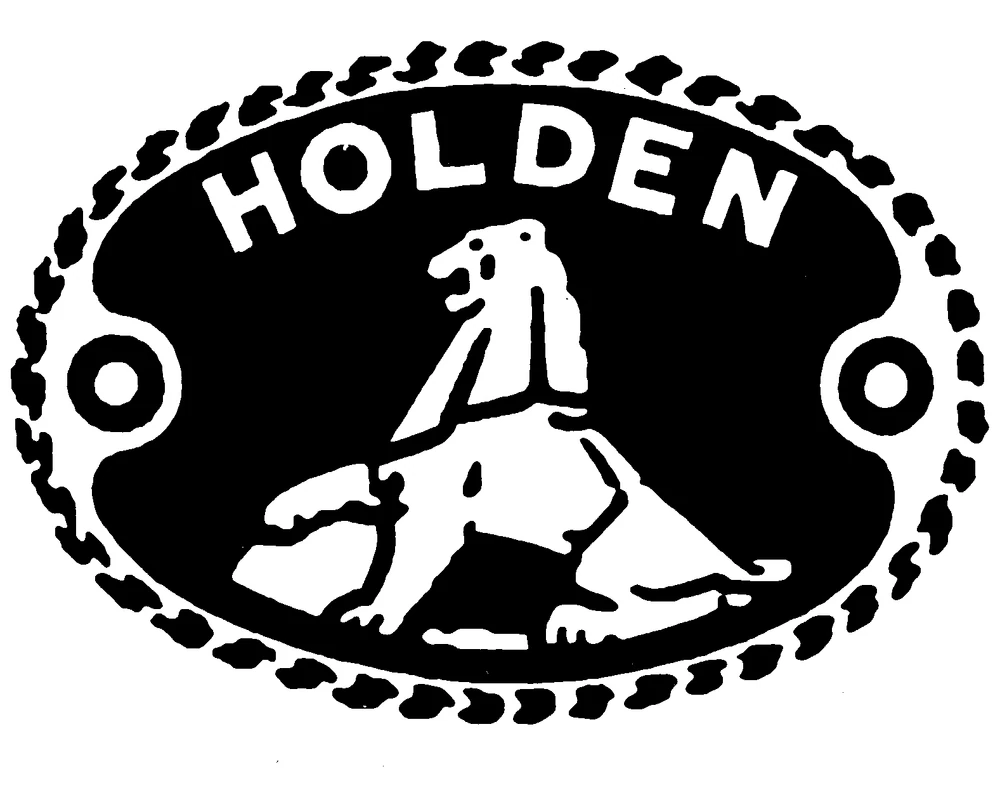
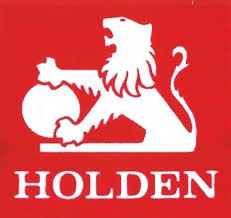
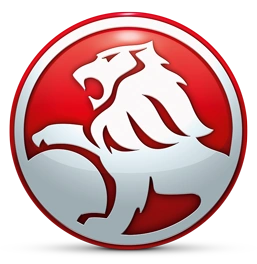
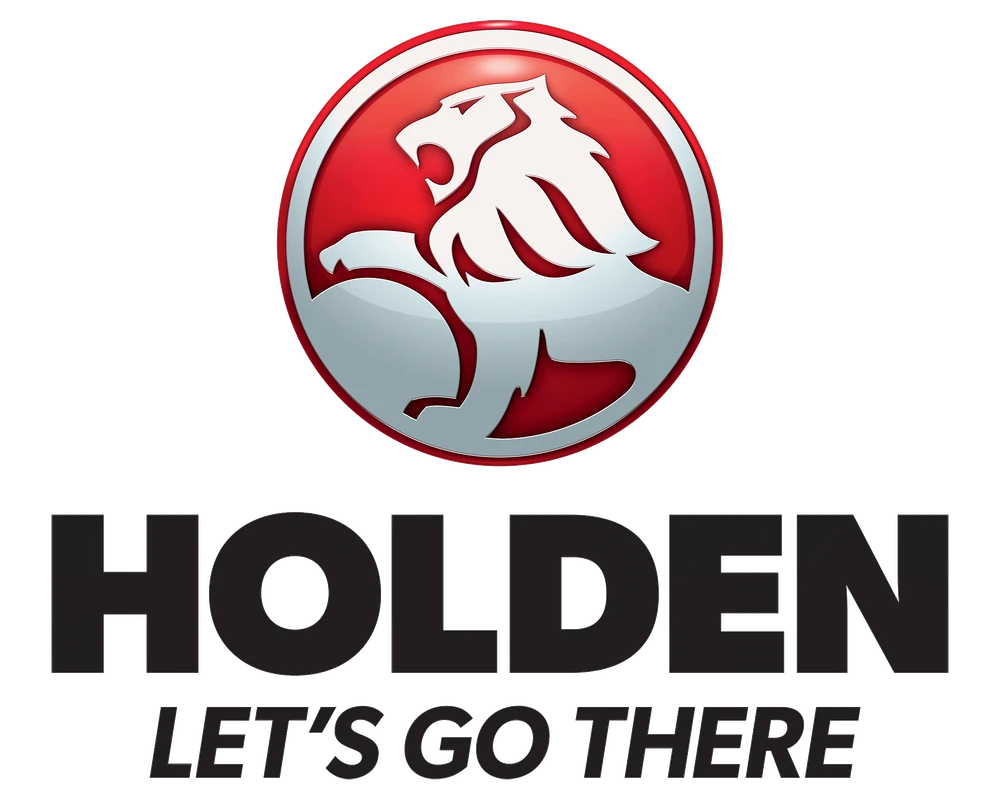
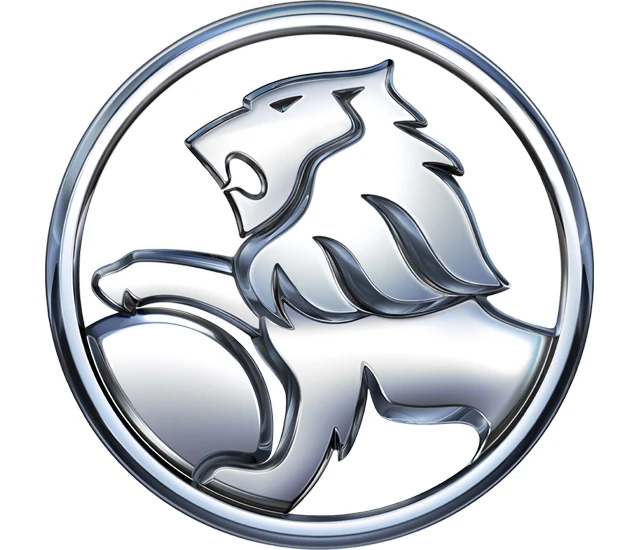
References
- Holden: Our Car 1856–2017, By Toby Hagon and Will Hagon, 2016, p.19-47
- More than Holden Our own, By William James Holden, 2023, P.22.
- Macquarie Concise Dictionary, 2006, P.570.
- Holden: Our Car 1856–2017, By Toby Hagon and Will Hagon, 2016, p.24-26
- Dictionary of Australian History, By John Larkins, 1980, P.96-97.
- ''War Record'', General Motors-Holden's Ltd., 1939–1945, P.16
- ''War Record'', General Motors-Holden's Ltd., 1939–1945, P.16
- ''War Record'', General Motors-Holden's Ltd., 1939–1945, P.20
- ''War Record'', General Motors-Holden's Ltd., 1939–1945, P.18
- ''War Record'', General Motors-Holden's Ltd., 1939–1945, P.21
- ''War Record'', General Motors-Holden's Ltd., 1939–1945, P.16
- Holden: Our Car 1856–2017, By Toby Hagon and Will Hagon, 2016, p.19-47
